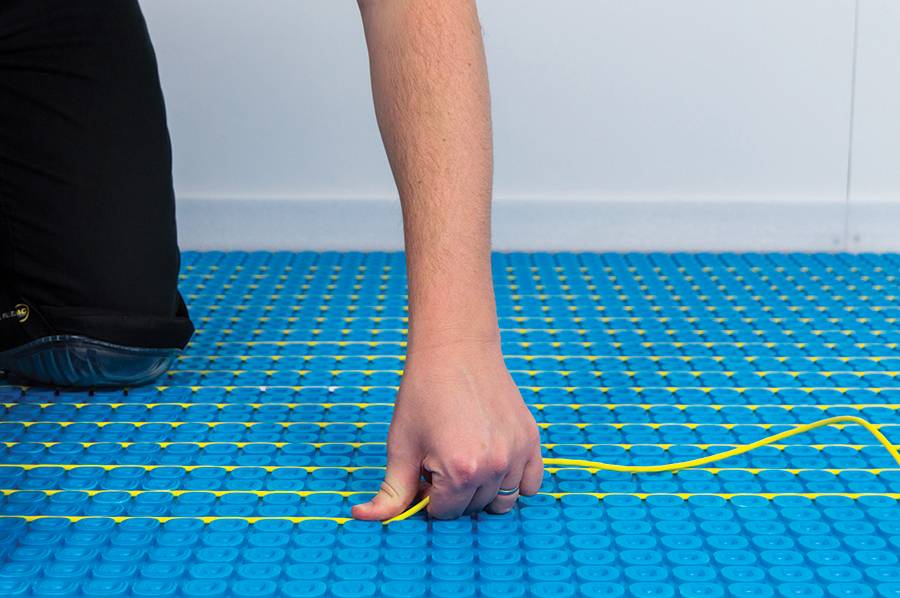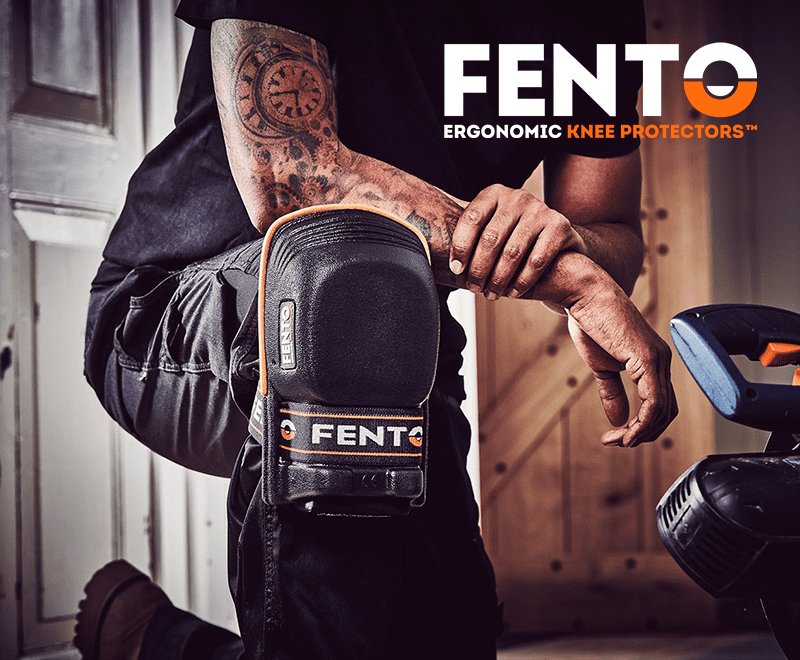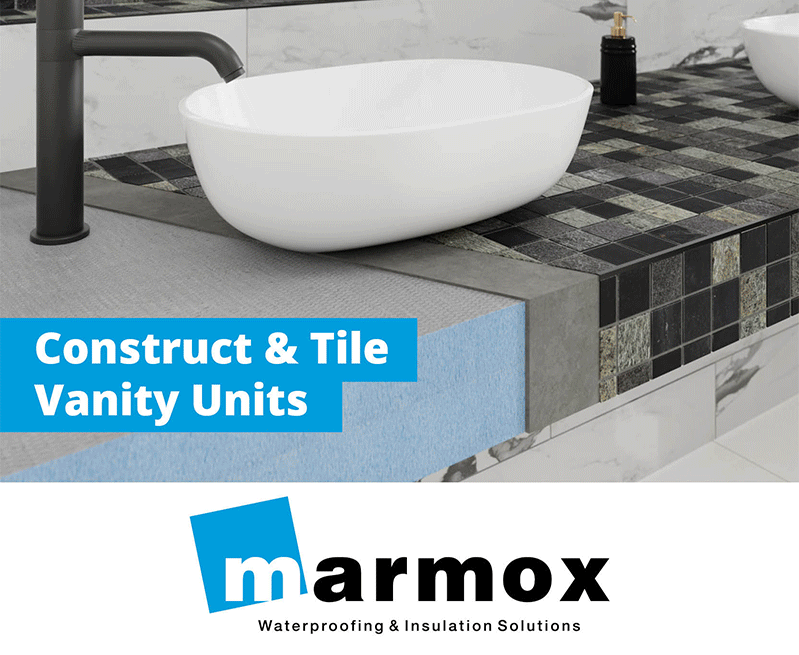M&E professionals are under increasing pressure from all angles to meet competing demands. In this article, Alistair Bell, ThermoSphere’s managing director, looks at how electric heating, and underfloor heating in particular, can provide the answers and keep everyone happy.
It’s a fact of life that M&E professionals are often caught in the middle of competing demands, having to balance style and aesthetic demands from clients and architects with building regulations like the Future Homes Standard. Then there’s the price demands from contractors and supply chain availability, two factors that have become increasingly pressing. On top of this, everyone must keep up with ongoing changes in sustainability measures while working with new technologies being introduced into the market. Little wonder that many M&E professionals are turning to low carbon direct electric underfloor heating as a way of dealing with these competing demands.
Sustainability requirements are coming from two directions. On one side, commercial and residential customers are making more environmentally conscious choices. The UK saw residential demand for solar increase by 10% in 2022, with some manufacturers reporting a 400% surge in commercial demand. On the other side, building regulations are slowly creating pressure to ensure homes are better insulated and use low carbon heating methods. 2022’s changes to Part L of the Building Regulations will soon stop new build properties from using carbon intense heating like gas.
Last year, a record-breaking 40% of the UK’s electrical energy mix came from renewables like solar and wind. Electric underfloor heating is one of the least carbon intense forms of heating available.
As the UK’s building landscape changes, there are more new build properties for M&E professionals to consider at the same time as the “retrofit boom”. Part L of the Building Regulations will mean that electric heating in new builds will only be possible through heat pumps or direct electric heating combined with solar photovoltaic panels. Smaller property retrofits need space saving solutions. Low carbon electric underfloor heating is considered the best option for smaller, multi-storey properties by 54% of the construction sector because it is space saving and easy to install.
Heat pump skills shortages require fast action
An additional challenge for M&E teams to meet sustainability targets is the glaring skills shortage for heat pump installation. To meet its low carbon aims, the government is committed to 600,000 heat pump installations every year up to 2028. The Energy and Utilities Alliance has estimated that to meet governmental demand the number of heat pump installers needs to grow to 140,000 by 2028. That involves upskilling 55,000 existing boiler installers and training 87,000 new heat pump installers.
Low carbon direct electric heating, like underfloor or panel heaters, require no large-scale upskilling at all and the existing workforce can easily install them. Electric panel radiators need only to be hung and connected to the power. Many underfloor electric heating systems can be rolled out like carpet and require no special skills. That said, a Part P registered electrician will be required to check the electrical load of the system and make the final connection to the mains.
Prices rises and the need for insulation
The Energy Bills Support Scheme came to an end in March 2023, and costs across the UK are continuing to rise with inflation in other areas of the economy. Residential customers are looking for cost-effective solutions – tradespeople can use this behaviour change as an opportunity. By using a technology that is easy to install, like direct electric heating and underfloor heating, installers don’t need to rely on sub-contractors, and can contain costs.
www.thermosphere.com/working-towards-net-zero-press








